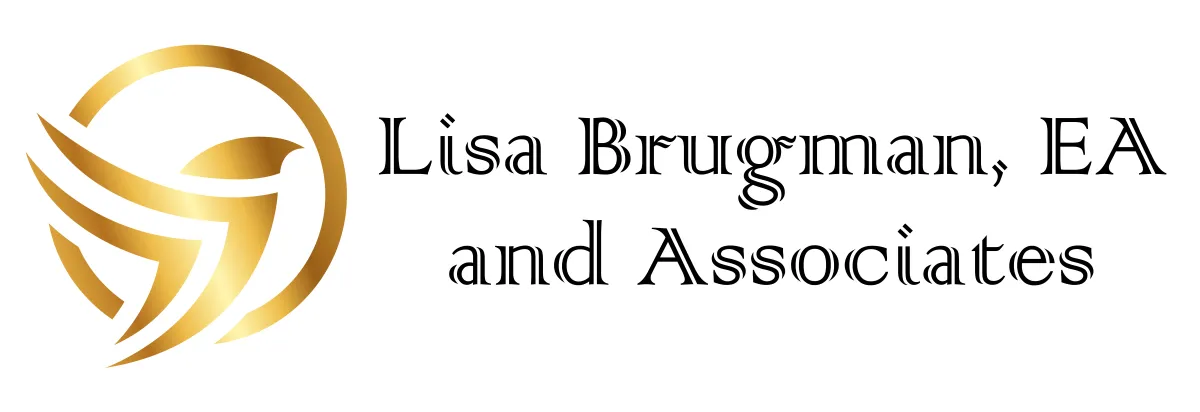BLOG

Should I do a Roth Conversion?
Whether to convert your tax-deferred retirement account to a Roth IRA or Roth 401(k) is a question many taxpayers deliberate with their financial advisors, accountants, or even friends over casual conversations. At first glance, it appears straightforward: convert your account, and you’ll enjoy tax-free withdrawals in the future. However, the decision’s wisdom hinges on your specific financial landscape and future projections—and it’s not as free of drawbacks as it might seem.
A Roth conversion involves moving retirement savings from a tax-deferred account, such as a traditional IRA, 401(k), 403(b), annuity, or 457 plan, into a Roth account. This can be executed either via an indirect conversion (receiving a check from your traditional account and depositing it into a Roth IRA within 60 days) or a direct, trustee-to-trustee transfer. Yet, this shift isn’t tax-neutral: the converted amount becomes taxable income in the year of conversion. On the bright side, there are no income limits for eligibility, making this option available to all taxpayers. However, note that required minimum distributions (RMDs) or inherited IRAs cannot be converted.
Is a Roth Conversion Right for You?
The suitability of a Roth conversion depends on various factors. While some financial planners champion conversions for their long-term benefits—notably tax-free withdrawals after the funds have been in the Roth for at least five years—others caution against disregarding immediate tax implications. Paying taxes upfront may strain current finances, especially if the taxpayer is unprepared.
Let’s illustrate this with a full conversion example:
Jim, a single taxpayer earning $78,000 annually in 2024, has consistently contributed 10% of his salary to his 401(k) since 2001. His 401(k) has grown to $270,000 thanks to prudent investing. Jim, contemplating his options after leaving his job, wonders whether to roll his account into a traditional IRA or convert it to a Roth IRA.
If Jim opts for a traditional IRA rollover, there’s no immediate tax consequence, as the funds remain tax-deferred. However, converting the entire $270,000 to a Roth IRA would significantly impact his taxable income. His income would jump from $78,000 to $348,000 in 2024, placing him in the 32% tax bracket. This translates to an additional federal tax burden of $86,400, a substantial amount compared to Jim’s annual salary.
Managing the Tax Burden
Could Jim mitigate this hefty tax bill through withholding? Not entirely. Withholding isn’t automatic for trustee-to-trustee transfers. For indirect conversions, the trustee may withhold up to 20% of the converted amount—or $54,000 in Jim’s case—leaving him with a $32,400 shortfall. Worse, if Jim is under 59½ years old, any amount withheld is treated as an early distribution, incurring a 10% penalty on top of income taxes. This penalty could add another $27,000 to Jim’s tax liability, totaling over $113,400 in taxes and penalties.
A Balanced Approach: Partial Conversions
For Jim, a full conversion may not make financial sense. Instead, he could consider smaller conversions—for instance, $25,000 or $50,000 annually—to manage his tax liability. Spreading the conversion over several years could keep him in a lower tax bracket and reduce the overall tax impact. Additionally, each partial conversion starts its own five-year clock for tax-free withdrawals, which Jim must track carefully to avoid complications with the IRS.
For example:
If Jim converts $50,000 on January 1, 2024, he can withdraw funds tax-free from this conversion starting January 1, 2029.
A subsequent $50,000 conversion on January 1, 2025, would have a tax-free withdrawal date of January 1, 2030.
Final Thoughts
While Roth conversions offer undeniable benefits, they require careful planning. Taxpayers must evaluate their current tax situation, potential future tax rates, and ability to pay conversion taxes upfront. Consulting with a financial advisor or tax professional is essential to weigh the long-term advantages against immediate costs. For some, a Roth conversion is a powerful tool to optimize retirement income. For others, it might be a financial misstep better avoided or approached incrementally. When in doubt, consult an expert at Lisa Brugman, EA and Associates for advice by clicking here.
https://storage.googleapis.com/msgsndr/Y3wru9o2agtnTx66z5uZ/media/650d578315fdd01eb024474b.png
https://storage.googleapis.com/msgsndr/Y3wru9o2agtnTx66z5uZ/media/650d578215fdd056b424474a.jpeg






